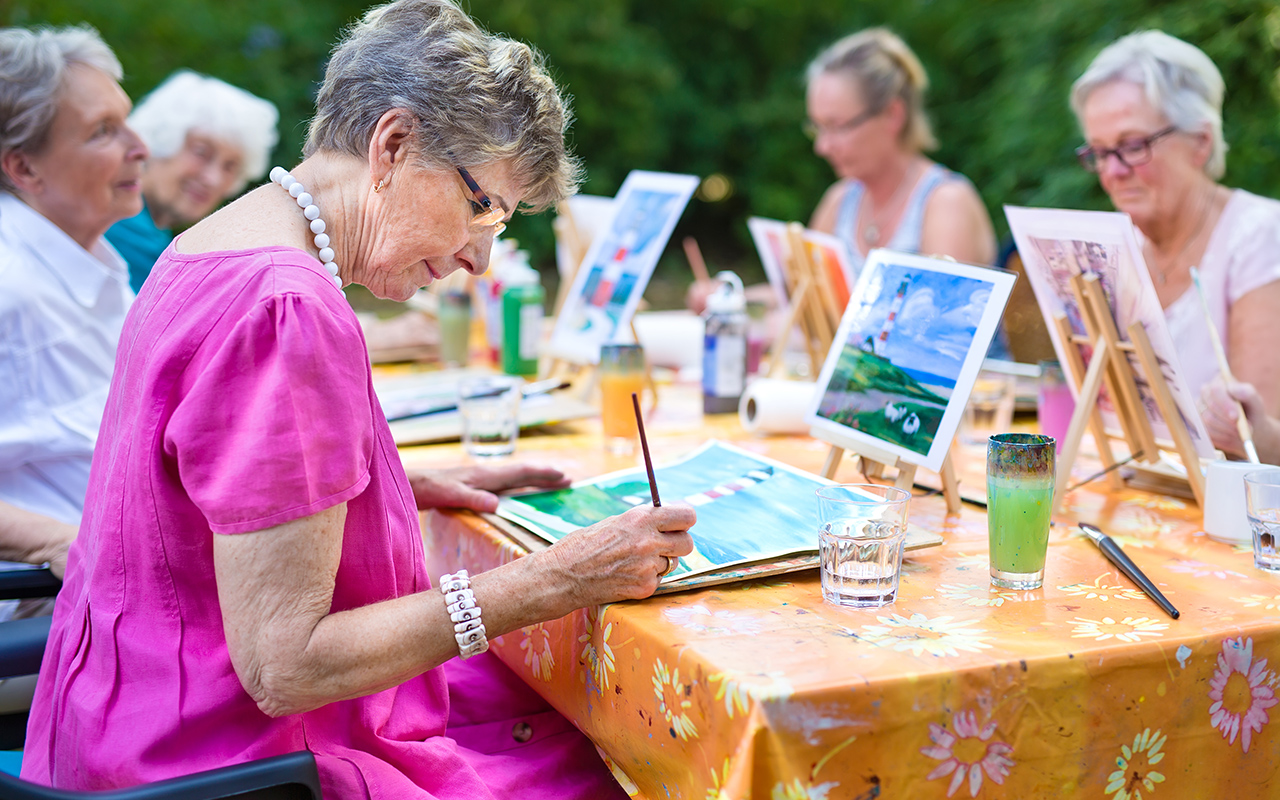RECREATING lost social networks by socialising with fellow residents has been confirmed as crucial to residential aged care residents’ perception of their quality of life, according to new Australian research.
Published last week in PLOS One, the research, led by Dr Joyce Siette from the Centre for Health Systems and Safety Research at Maquarie University, and the MARCS Institute for Brain, Behaviour and Development at Western Sydney University, involved 39 residents from six different residential aged care facilities (RACFs) in New South Wales.
The residents were observed between 9:30 am and 5.30 pm on weekdays. Observations included residents’ actions, location of the action, and who the resident was with during the action. At the end of the observation period, residents completed a five-question quality of life (QoL) survey. The proportion of time residents spent on different actions, in which location, and with whom were calculated, and correlations between these factors and QoL were analysed.
“In aged care a lot of people focus on clinical outcomes as a summary of quality of care,” Dr Siette told InSight+.
“More recently, and probably because it was driven by the Royal Commission, we’re really interested in quality of life, how people define quality of life in aged care.
“Our interest is in the social side of things and how to socially engage our residents. In aged care facilities, we often have reports about them being lonely and isolated, not talking to people. But no one has really gone in to measure and quantify that.”
In the study Dr Siette and colleagues reported that:
“Residents spent the greatest proportion of time in their own room (45.2%), alone (47.9%) and being inactive (25.6%). Residents were also largely engaged in interpersonal communication (20.2%) and self-initiated or scheduled events (20.5%). Residents’ interpersonal communication was most likely to occur in the common area (29.3%), residents’ own room (26.7%) or the dining room (24.6%), and was most likely with another resident (54.8%). Quality of life scores were low (median = 0.68, IQR = 0.54–0.76). Amount of time spent with other residents was positively correlated with QoL (r = 0.39, P = 0.02), whilst amount of time spent with facility staff was negatively correlated with QoL (r = –0.45, P = 0.008).”
Dr Siette told InSight+ that one result in particular surprised her.
“The fact they spent 55% of their time completing an activity, exercising, walking, talking with other residents – that was surprising because we often see very high levels of inactivity reported in other studies, particularly from the US,” she said.
“That was super exciting to see. It was driven by the facilities we were in – they had engaging activity schedules every day and they tried to reinforce group sessions, doing things together.”
People coming into RACFs have often experienced a lot of loss by the time they get there, Dr Siette explained.
“In aged care, by the time you get there, you’ve often lost a lot of your networks. When someone moves in there, it is difficult to meet new people and form new friendships. It’s critical to help them form those new relationships, to create a new social network.
“We know that if you are socially isolated, you are less likely to be physically active, you are more likely to have mental health concerns, you are more likely experience cognitive decline,” she said.
“But if you’re socially connected, you’re going to sit together with people, you’re going to eat better because you’re going to eat when they eat. So you have your nutrition. You’re going to do some sort of exercise together, whether it’s seated exercise or you’re walking out and about with other people.
“That group component really drives socialisation. So, and a lot of those activities have to have that group. That that group component that really drives you.”
In terms of changing aged care for the better, Dr Siette said she would like to see more RACFs moving away from the “hospital-like” settings to providing “pockets of opportunity”.
“We found that a lot of engagement happens in various spots across the facility. For instance, in the common spaces, or where they do their activities, in the communal dining room – a lot of learning an engagement happens there,” she said.
“If you can create these different types of spots where they can gather – pockets of opportunity – that would be quite lovely.
“I know there are some facilities who are building more of these common areas are making a bit of difference to the quality of life of their residents.”
Subscribe to the free InSight+ weekly newsletter here. It is available to all readers, not just registered medical practitioners.

 more_vert
more_vert